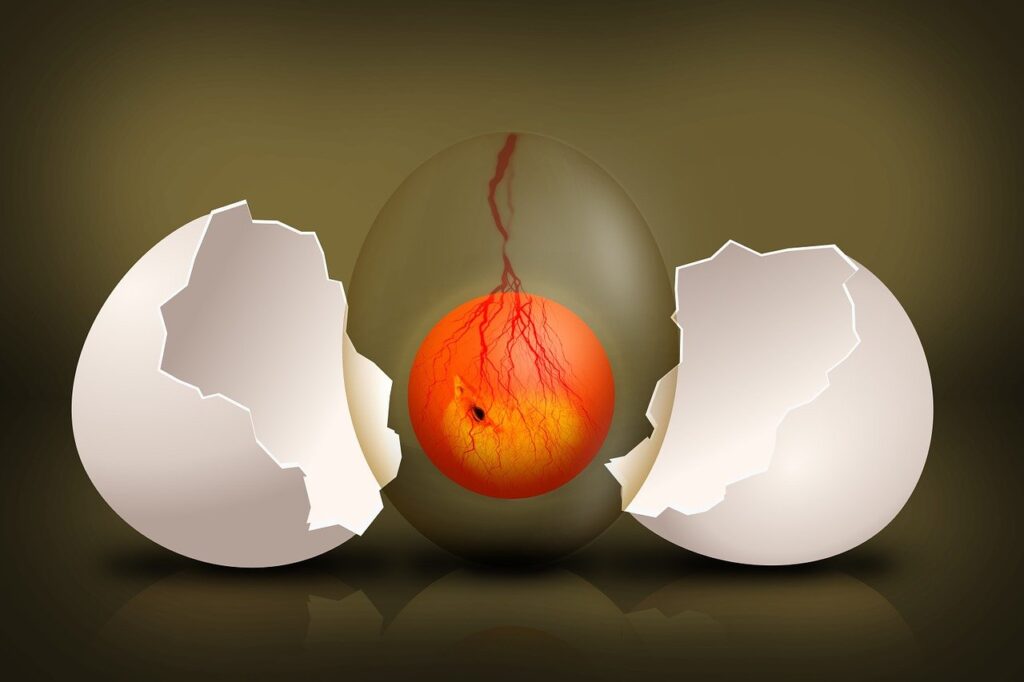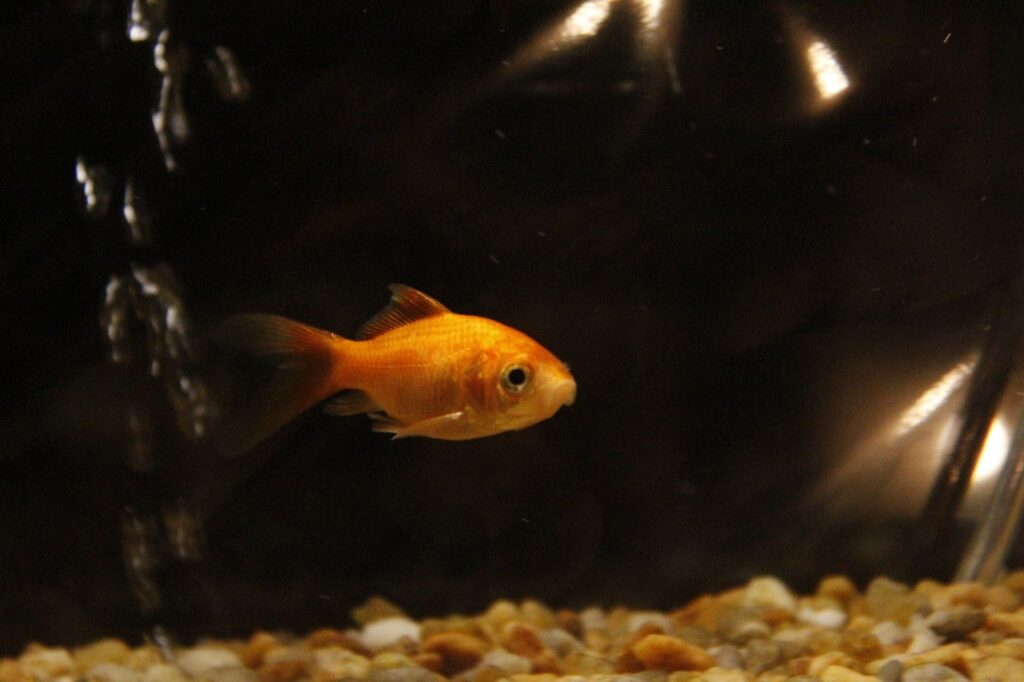In the previous post, we developed the condition for the player to shoot the opponent. I.e., the distance (d*) at which the probability of the player who gets the turn is greater than or equal to the chance of the opposite missing in the next turn.
When the player, say P1, reaches d*, she can believe in two things. 1) P2 will not shoot in the next turn (d*-1) or
2) P2 will shoot in the next turn.
In the first case, P1 should not shoot. In the second case, P1 assesses that P1(d*) + P2(d*-1) = 1. So, P1 must shoot.
But what should Player 1 believe? The answer comes from backward induction.
Imagine the players came in close range (d = 0), and it’s P2’s turn. P2 will shoot and win. Taken one step back: P1 knows that in the next step, P2 will shoot, so she takes option 2. She assesses that P1(1) + P2(0) > 1, and she shoots. Go back one more step. Now, P2 knows that P1 will shoot in the next step, and if the distance is less than d*, P2 must shoot. It will continue until d* is reached.

